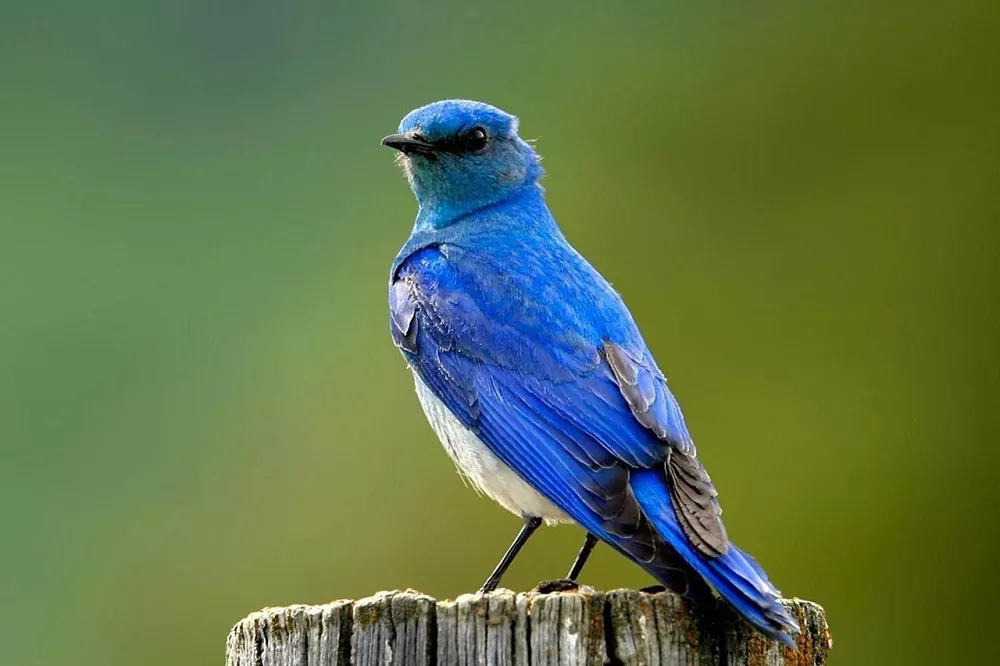Bluebirds are small, beautiful birds with distinctive blue feathers on their backs, wings, and tails. They are found in many parts of North America and are known for their sweet songs and cheerful personalities. But how long do bluebirds live, and what factors affect their lifespan?
The lifespan of bluebirds can vary depending on the species and the conditions in which they live. The three species of bluebirds found in North America are the Eastern Bluebird, the Western Bluebird, and the Mountain Bluebird. Here’s a breakdown of the average lifespan for each species:
Eastern Bluebird: 6 to 10 years
Western Bluebird: 6 to 8 years
Mountain Bluebird: 6 to 10 years
These lifespans are based on wild bluebirds, but bluebirds that are kept in captivity may live even longer. Factors that can affect the lifespan of bluebirds include:
- 1. Habitat:
Bluebirds need specific habitats to thrive, including open fields and meadows with plenty of trees and shrubs for perching and nesting. If their habitat is destroyed or altered, their lifespan may be shortened.
- 2. Predators:
Bluebirds are vulnerable to predators such as cats, hawks, and snakes. If they are unable to escape or defend themselves from these predators, their lifespan may be shortened.
- 3. Disease:
Bluebirds can be affected by various diseases, including avian pox, West Nile virus, and salmonella. If they contract one of these diseases, their lifespan may be shortened.
- 4. Climate:
Bluebirds are adapted to living in specific climates and may struggle to survive in extreme weather conditions such as heatwaves or severe winters.
In conclusion, bluebirds can live for 6 to 10 years in the wild, but their lifespan can be affected by various factors such as habitat, predators, disease, and climate. By providing bluebirds with suitable habitats and protecting them from predators and diseases, we can help them to live longer and thrive in the wild.


 Facebook
Facebook  Instagram
Instagram  Youtube
Youtube 